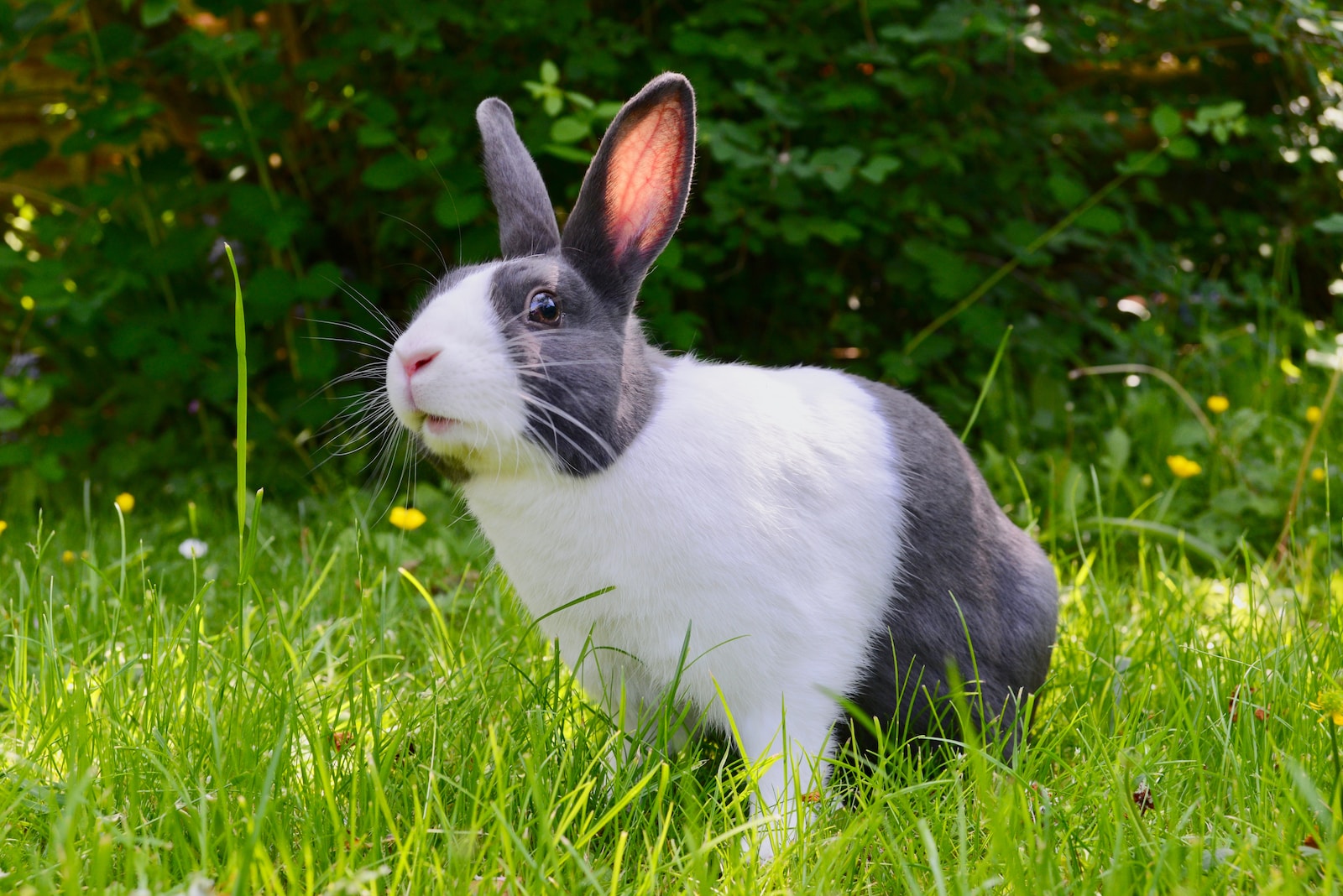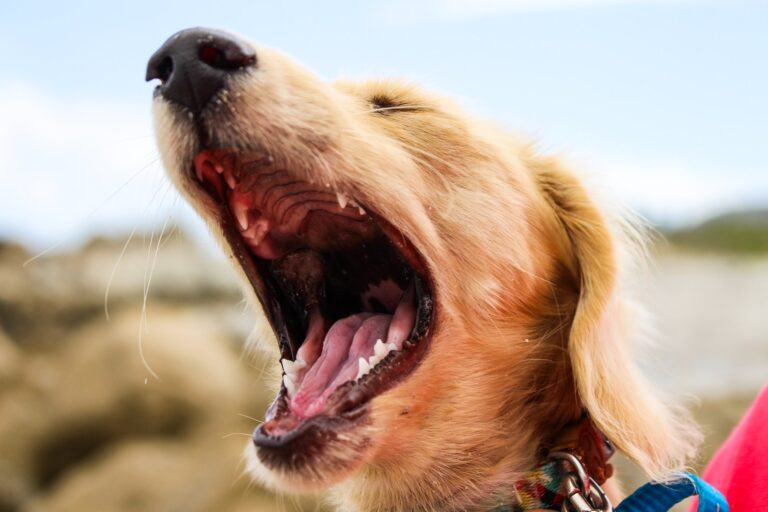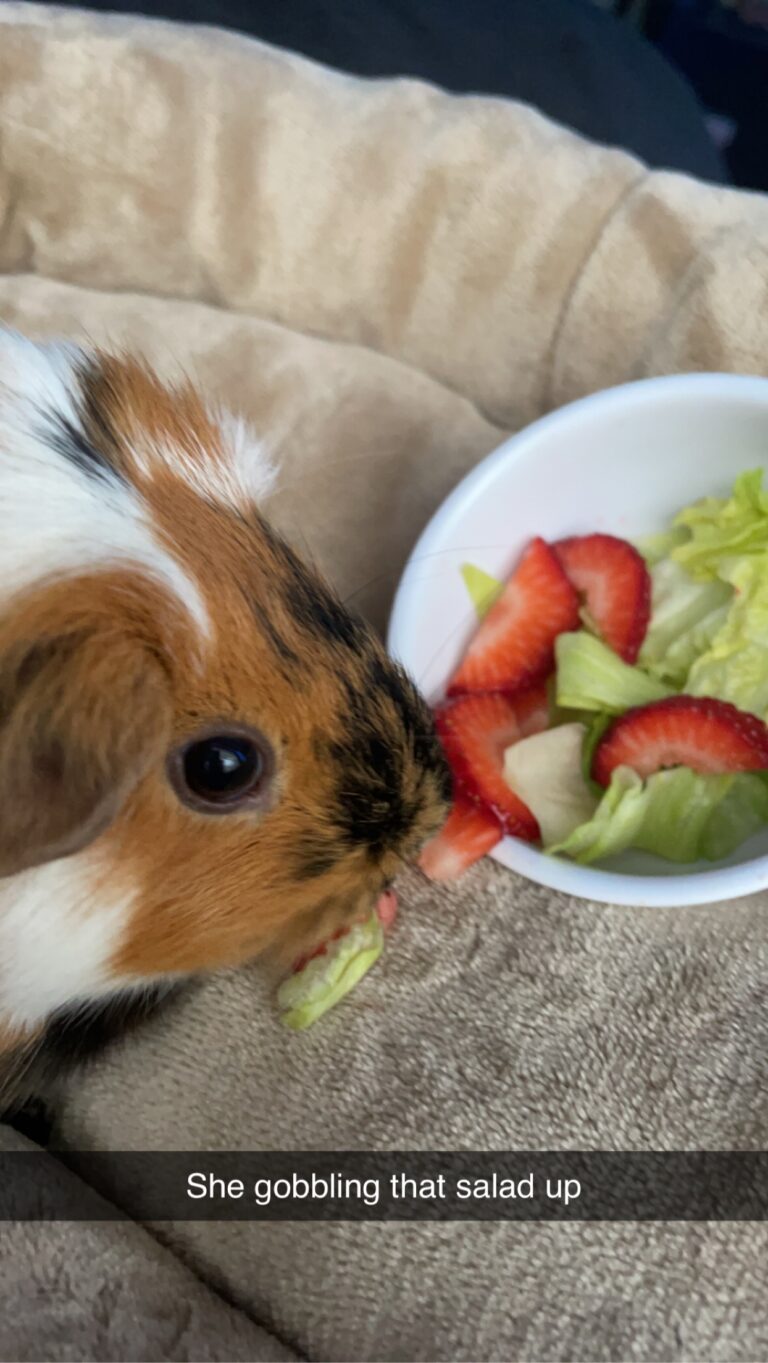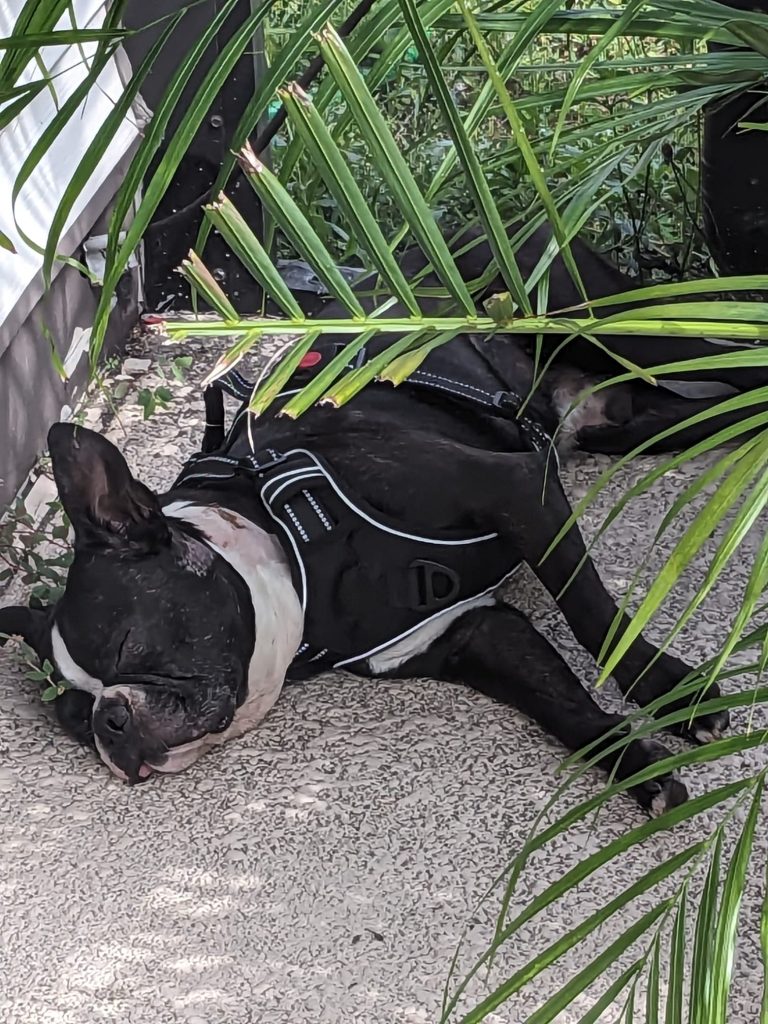Pet Etiquette: How to Behave Around Other People’s Pets
Do you ever find yourself wondering what’s appropriate when it comes to petting, playing with or interacting with someone else’s furry friend? Maybe you’re a new pet owner who wants to ensure their pup isn’t bothering others. Or perhaps you’ve had some unpleasant experiences in the past that have left you feeling unsure about how to handle certain situations. Either way, we’ve got your back!
In this post, we’ll be discussing everything from how to greet a dog properly to what not to do when encountering a feline friend. So grab your favorite treat and let’s dive into some essential pet etiquette tips!
Introduction to Pet Etiquette
When it comes to interacting with other people’s pets, it’s important to remember a few key things. First and foremost, always ask the owner before you try to pet their animal. Once you have permission, approach the pet calmly and let them sniff your hand before petting them. In general, it’s best to avoid touching a dog’s head or face, and instead stroke their back or sides.
With cats, let them come to you on their own terms. And finally, never feed someone else’s pet without asking first— some animals have dietary restrictions or may be allergic to certain foods. By following these simple guidelines, you can ensure that everyone—humans and animals alike—has a enjoyable and safe experience when meeting new furry friends.
Types of Animals and Pets
There are a number of different types of animals and pets that people keep as companions. The most common type of pet is a dog, but other popular choices include cats, fish, birds, reptiles, and small mammals such as rabbits and guinea pigs.
When meeting someone else’s pet for the first time, it’s important to be respectful and take things slow. Let the animal come to you on their own terms before trying to pet them or pick them up. And always ask the owner for permission before doing anything with their pet.
Some animals may not be comfortable around strangers, so it’s best not to force them into any type of interaction. Just enjoy watching them from a distance and let them approach you when they’re ready.
The most important thing to remember when interacting with any animal is to be kind and gentle. Animals can sense our emotions and if you’re patient, they will often return the favor!
What to Avoid During Interactions with Other People’s Pets
When you are around other people’s pets, there are a few things you should avoid doing in order to be polite. First, don’t try to pet the animal without asking the owner first. Some animals may not be comfortable with strangers, and the last thing you want to do is scare or upset them.
Second, don’t give the pet any food unless the owner says it’s okay. Animals can have different dietary needs and preferences, so it’s best to let the owner handle feeding their pet. Avoid making loud noises or sudden movements around pets, as this can startle them and again, upset their owners. By following these simple tips, you can ensure that everyone enjoys their time together – pet and human alike!
Happy petting!
Body Language for Meeting New Pets
When you’re meeting a new pet for the first time, it’s important to be aware of your body language. Pets can pick up on cues from our body language and it can affect their behaviour.
Here are some things to keep in mind:
- Relax and be yourself. If you’re tense or nervous, your energy will be picked up by the pet and they may become anxious or fearful.
- Let the pet come to you. Don’t try to force them to interact with you if they’re not comfortable. This will only make them more stressed. Instead, let them sniff you and approach you at their own pace.
- Be gentle and slow in your movements. Sudden movements can startle pets, so take things slowly at first. offer your hand for them to sniff and if they seem interested, stroke them gently under the chin or down their back.
- Speak in a soft, soothing voice. Pets respond best to calm and gentle words, so use your quietest, most reassuring tones when talking to them.
Body language is a key factor in introducing yourself to a new pet and establishing trust and comfort. Take your time and be aware of your body language when meeting a new pet; it will make the experience much more pleasant for both of you!

How To Properly Handle New Pets
When you’re around someone else’s pet, it’s important to remember a few key things in order to be respectful and considerate. First, always ask the owner before you try to pet their animal. Some pets are skittish or don’t enjoy being touched by strangers.
Once you have permission, pet the animal gently on their back or head. Never pull on an animal’s tail or ears, as this can be painful for them. If an animal doesn’t want to be petted, respect their wishes and leave them alone.
When introducing your pet to a new animal, take it slow. Let your pets become acquainted at their own pace and on their own terms. Aggressive behavior or forcing the animals together can cause them both to become fearful or stressed out.
Finally, if you’re bringing a new pet into your home, make sure they have their own space for eating and sleeping that’s away from any other animals in the house. This will help ensure that everyone has their own territory and can stay comfortable as they adjust to each other’s presence.
Questions to Ask Before Handling or Interacting with a Pet
When you encounter a pet, it’s important to remember that they are living creatures with their own thoughts, feelings, and reactions. Just like humans, every animal is different and will respond differently to your presence.
Because of this, it’s always important to ask the owner for permission before handling or interacting with their pet. Here are some questions you should ask the owner before proceeding:
-Is it okay if I pet your dog/cat?
-What is your dog/cat’s name?
-How does your dog/cat usually respond to strangers?
-Do you have any treats on hand in case your dog/cat needs a little extra encouragement to be friendly?
Asking these questions will help you ensure that you are respectful of the animal and its owner, and it will also help you avoid any potential problems or awkward situations.
Things to Consider When Around Other People’s Pets
When you are around other people’s pets, there are a few things to consider in order to be polite and respectful. First, ask the owner if it is okay to pet their animal before you do so. Some animals do not like being touched by strangers, and the owner may not want you to approach their pet. Second, be aware of your body language around animals.
Avoid making sudden movements or loud noises, as this can startle or scare them. Always clean your hands after petting an animal, as they can carry bacteria that can make you sick. By following these simple guidelines, you can ensure a positive and enjoyable experience for both yourself and the pet owner.
Remember, animals are not toys and should be treated with respect.
What Not to Do Around Pets
If you’re not used to being around animals, it can be hard to know how to behave. Here are some things to avoid doing around other people’s pets:
-Don’t try to pet an animal without asking the owner first. Some animals may not be comfortable with strangers, and you could startle or even injure them.
-Don’t feed an animal food from your plate or give them table scraps. Pets have different dietary needs than humans, and this could make them sick.
-Don’t pull on an animal’s tail or ears, or otherwise roughhouse with them. This can hurt them, and they may not enjoy it.
-Don’t leave small children alone with a pet, even if the pet seems gentle. Animals can be unpredictable, and an unattended child could be injured.
Conclusion
Pet etiquette is important for every pet and their owner. On the one hand, you should always respect and take into account the rules set by your hosts when it comes to their pets. On the other hand, being mindful of how you approach a pet can go a long way to ensuring that everyone has an enjoyable time together!
Whether you’re visiting someone or out on an adventure with your pets, following these simple tips and guidelines can help make sure that interactions between humans and animals are nothing but positive experiences.







